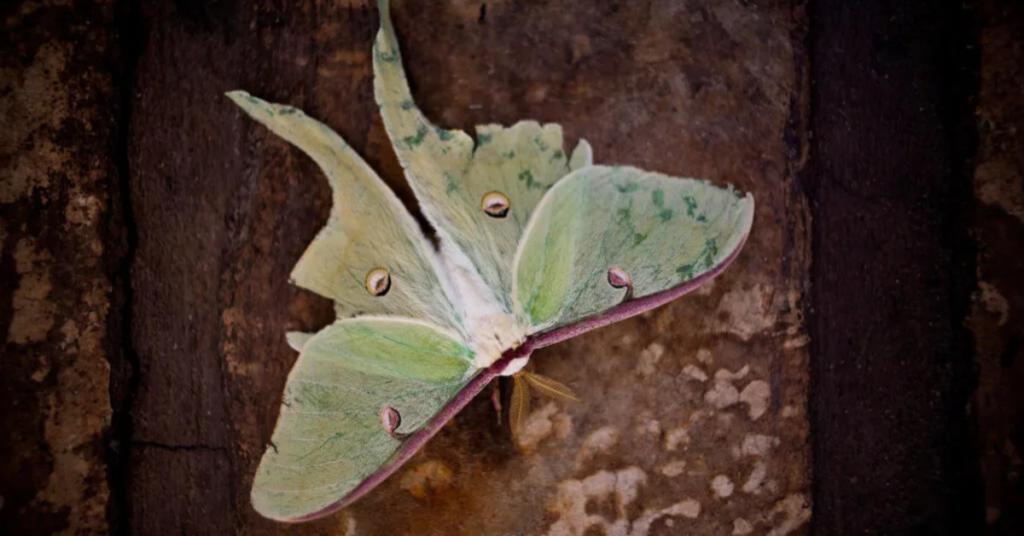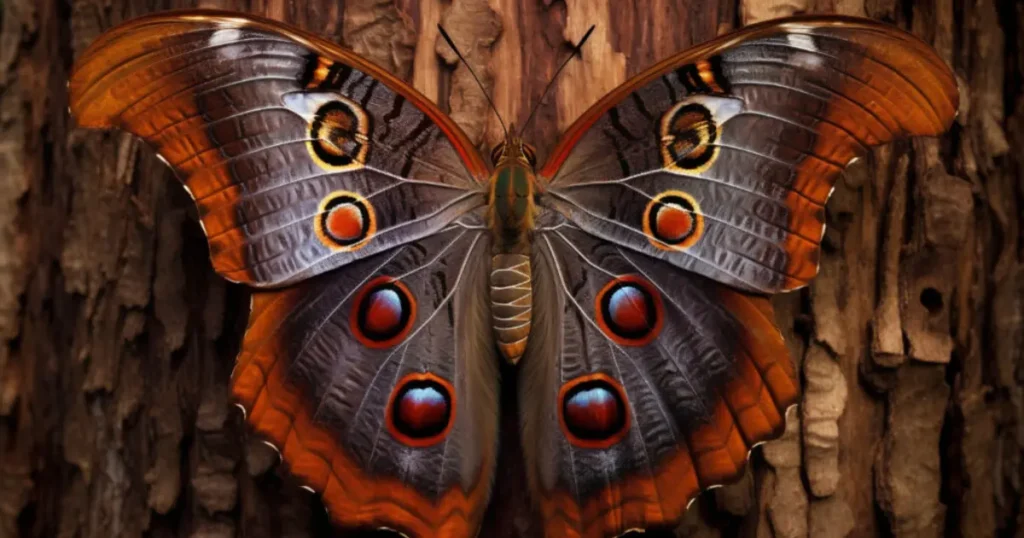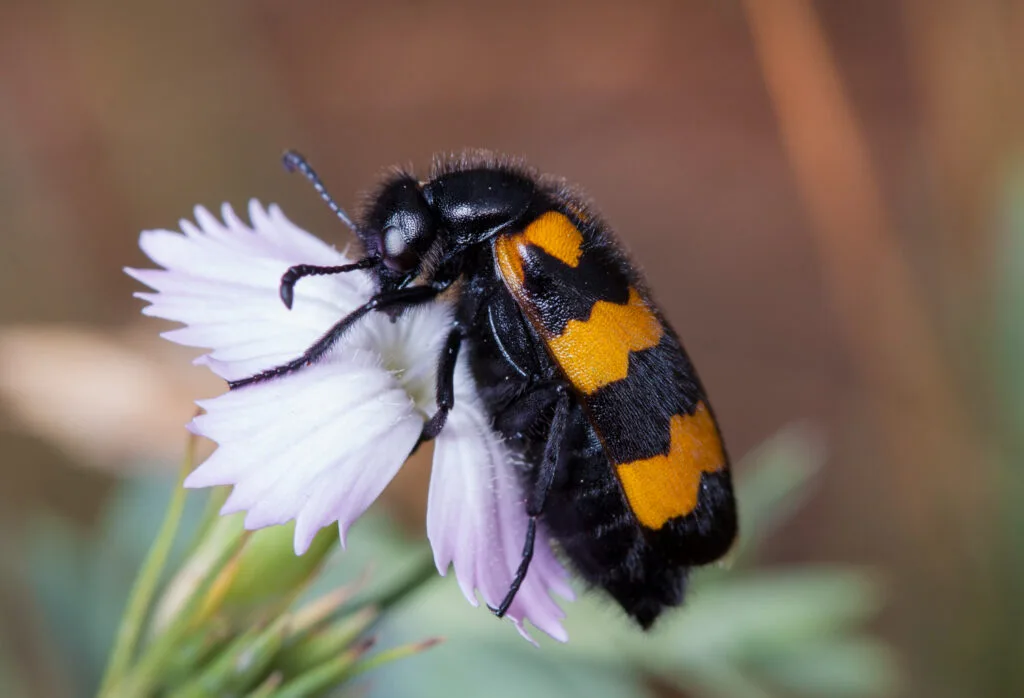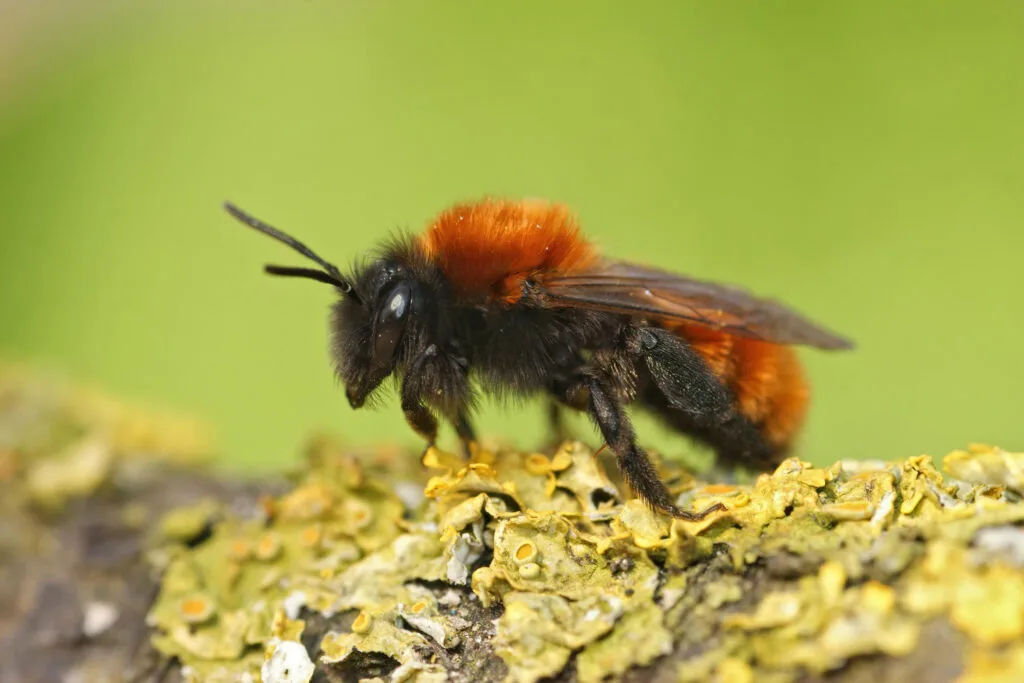Have you ever wondered how wildlife thrives in the harshest environments without the comforts of human-made shelters? Nature’s finest builders have mastered the art of survival, crafting homes that offer protection, warmth, and space to raise their young. In this complete guide, we’ll explore 10 animals that make their own homes, revealing their impressive architectural skills and survival strategies.
Whether it’s towering termite mounds, intricate spider webs, or underwater coral cities, these creatures remind us how remarkable and resourceful the animal kingdom truly is.
Table of Contents
ToggleWhy Do Animals Build Their Own Homes?
Before we explore the 10 animals that make their own homes, it’s important to understand why they go to such lengths. These homes are essential for:
- Protection from predators
- Shelter against harsh weather
- Safe environments to raise their offspring
- Storage spaces for food
Some animals build permanent homes, while others construct temporary shelters depending on their life stages and environmental conditions.
1. Beavers
Beavers are well-known for their impressive dam-building skills. Using branches, mud, and stones, they create dams that transform flowing rivers into calm ponds, providing them with safe environments to build lodges.
Quick Facts:
- Habitat: North America and parts of Europe
- Home Type: Lodges and dams
- Unique Feature: Underwater entrances for predator protection
Beavers’ construction activities also benefit other wildlife by creating wetland ecosystems rich in biodiversity.

2. Termites

Among the 10 animals that make their own homes, termites stand out for their towering mounds and underground colonies. These structures have sophisticated ventilation systems, keeping the interiors cool even in extreme heat.
Quick Facts:
- Habitat: Africa, Australia, South America
- Home Type: Mounds and tunnels
- Unique Feature: Climate-controlled living spaces
Their architectural brilliance has even inspired human engineers designing energy-efficient buildings.
3. Weaver Birds
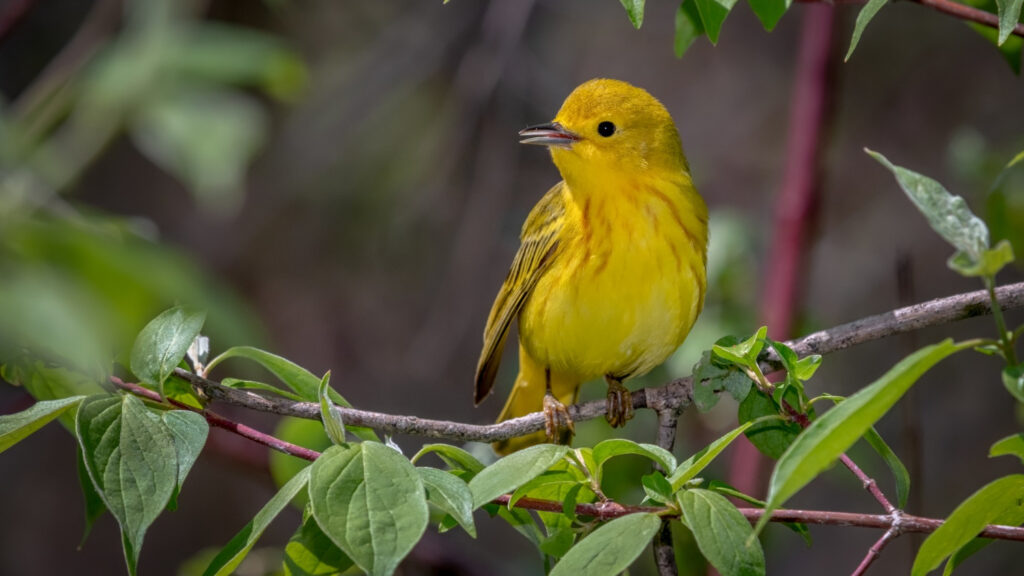
Weaver birds are famous for their beautifully woven nests, intricately crafted from grass, twigs, and leaves. Hanging from trees, these nests are strategically positioned to protect against predators.
Quick Facts:
- Habitat: Africa and South Asia
- Home Type: Hanging woven nests
- Unique Feature: Nests double as mating displays
Male weaver birds build these homes to attract females, proving that a well-built house really can win hearts.
4. Ants

Ants might be tiny, but they are exceptional engineers. They construct complex underground colonies with multiple chambers connected by vast networks of tunnels.
Quick Facts:
- Habitat: Worldwide
- Home Type: Underground nests and anthills
- Unique Feature: Dedicated areas for nurseries, food storage, and ventilation
Among the 10 animals that make their own homes, ants demonstrate extraordinary teamwork, organisation, and survival instincts.
5. Spiders
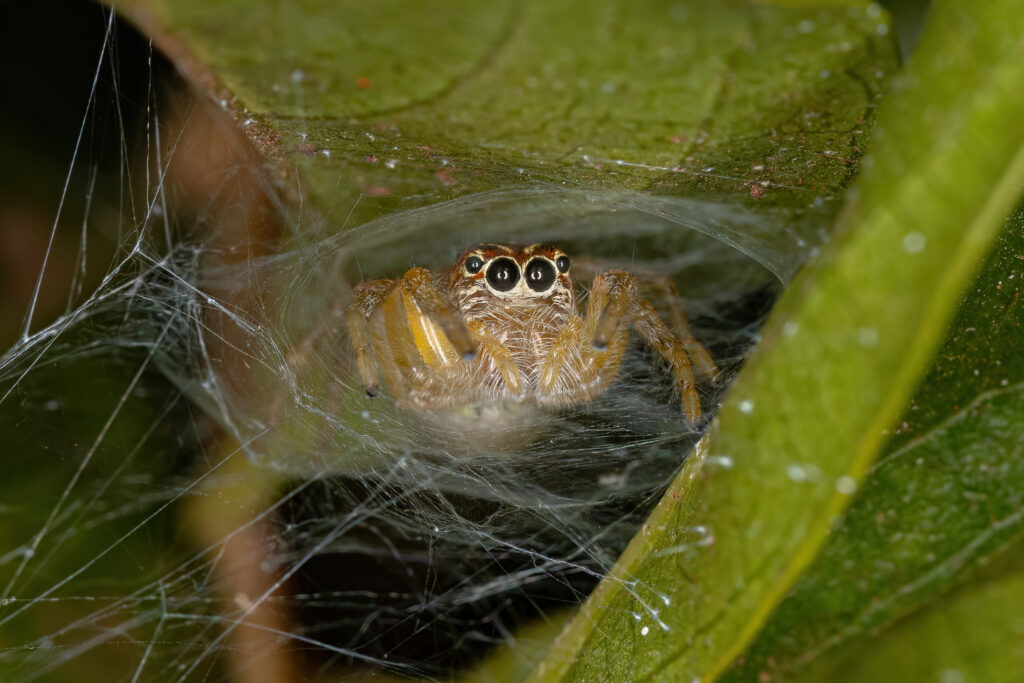
Spiders create intricate silk webs not only for catching prey but also as homes to rest and lay their eggs. Each species designs a unique web suited to its hunting style and habitat.
Quick Facts:
- Habitat: Found globally
- Home Type: Silk webs and retreats
- Unique Feature: Silk is stronger than steel of the same diameter
Despite their reputation, spiders play a critical role in pest control, making them essential to many ecosystems.
6. Prairie Dogs

Prairie dogs construct vast underground burrows called “towns,” which feature multiple entrances, rooms, and escape routes. These burrows help protect them from predators and harsh weather.
Quick Facts:
- Habitat: North America
- Home Type: Extensive underground burrows
- Unique Feature: Complex social structures within burrows
Their burrows also provide homes for other animals like snakes, owls, and rabbits, highlighting the interconnectedness of nature.
7. Woodpeckers

Woodpeckers use their strong beaks to create hollows in tree trunks, where they build safe and secure nests. These cavities also serve as shelters for other animals once abandoned.
Quick Facts:
- Habitat: Forests across the world
- Home Type: Tree cavities
- Unique Feature: Homes often reused by other species
Woodpeckers play a vital role in forest ecosystems, offering shelter to bats, owls, and small mammals.
8. Hermit Crabs

While hermit crabs don’t build their homes from scratch, they demonstrate remarkable resourcefulness by repurposing empty shells. As they grow, they constantly search for larger shells to move into.
Quick Facts:
- Habitat: Coastal regions and tropical waters
- Home Type: Borrowed seashells
- Unique Feature: Participate in “vacancy chains” for exchanging shells
This recycling behaviour is a brilliant example of how animals adapt to their environment using available resources.
9. Swallows

Swallows build their nests using mud and saliva, creating sturdy, cup-shaped homes often found under bridges or building eaves. These locations protect their nests from rain and predators.
Quick Facts:
- Habitat: Global
- Home Type: Mud nests on vertical surfaces
- Unique Feature: Return to the same nesting sites year after year
Swallow nests represent both practicality and loyalty, showing how animals adapt to human-made environments.
10. Coral Polyps

Coral polyps may be tiny, but collectively they create vast coral reefs that serve as underwater cities, providing homes for thousands of marine species.
Quick Facts:
- Habitat: Tropical oceans
- Home Type: Coral reefs
- Unique Feature: Largest living structures on Earth
Coral reefs play a crucial role in maintaining marine biodiversity and protecting coastlines from erosion.
How Animal Homes Shape Ecosystems
The homes built by these animals don’t just protect them—they play an essential role in maintaining healthy ecosystems. Without the presence of these natural builders:
- Wetlands wouldn’t exist without beaver dams.
- Coral reefs wouldn’t support marine life without coral polyps.
- Forest species would struggle without woodpecker-made tree hollows.
Every home built by these creatures contributes to the survival of countless other species, highlighting how delicate and interconnected our ecosystems truly are.
Human Inspiration from Animal Architects
Many modern architectural and engineering designs take inspiration from these master builders:
- Beavers inspire sustainable water management systems.
- Termite mounds have influenced the design of energy-efficient buildings.
- Spider silk research is helping create stronger, more flexible materials.
By observing the building techniques of the 10 animals that make their own homes, we can learn how to innovate and live in harmony with nature.
1: Which animal is the best builder in the wild?
Beavers are often regarded as the best builders, thanks to their impressive dams and lodges that transform entire landscapes.
2: Are all animal homes permanent?
No, some are temporary. For example, hermit crabs change their shells as they grow, and some birds build new nests each breeding season.
3: What materials do animals use to build their homes?
Animals use natural materials like mud, grass, leaves, silk, and even stones to build their homes.
4: How do coral reefs benefit marine life?
Coral reefs provide shelter, breeding grounds, and protection for thousands of marine species, supporting vibrant underwater ecosystems.
5: Can human construction harm animal homes?
Yes, deforestation, urban expansion, and pollution can destroy natural habitats, threatening the survival of many species that build their own homes.
Conclusion
Exploring the world of 10 animals that make their own homes reveals just how intelligent and resourceful wildlife can be. From tiny termites to large mammals like beavers, these animals have evolved remarkable ways to create safe, sustainable living spaces.
The next time you come across a bird’s nest or see a spider web glistening in the morning dew, take a moment to admire the craftsmanship. These tiny architects remind us of nature’s brilliance and the importance of protecting the environments that support them.




